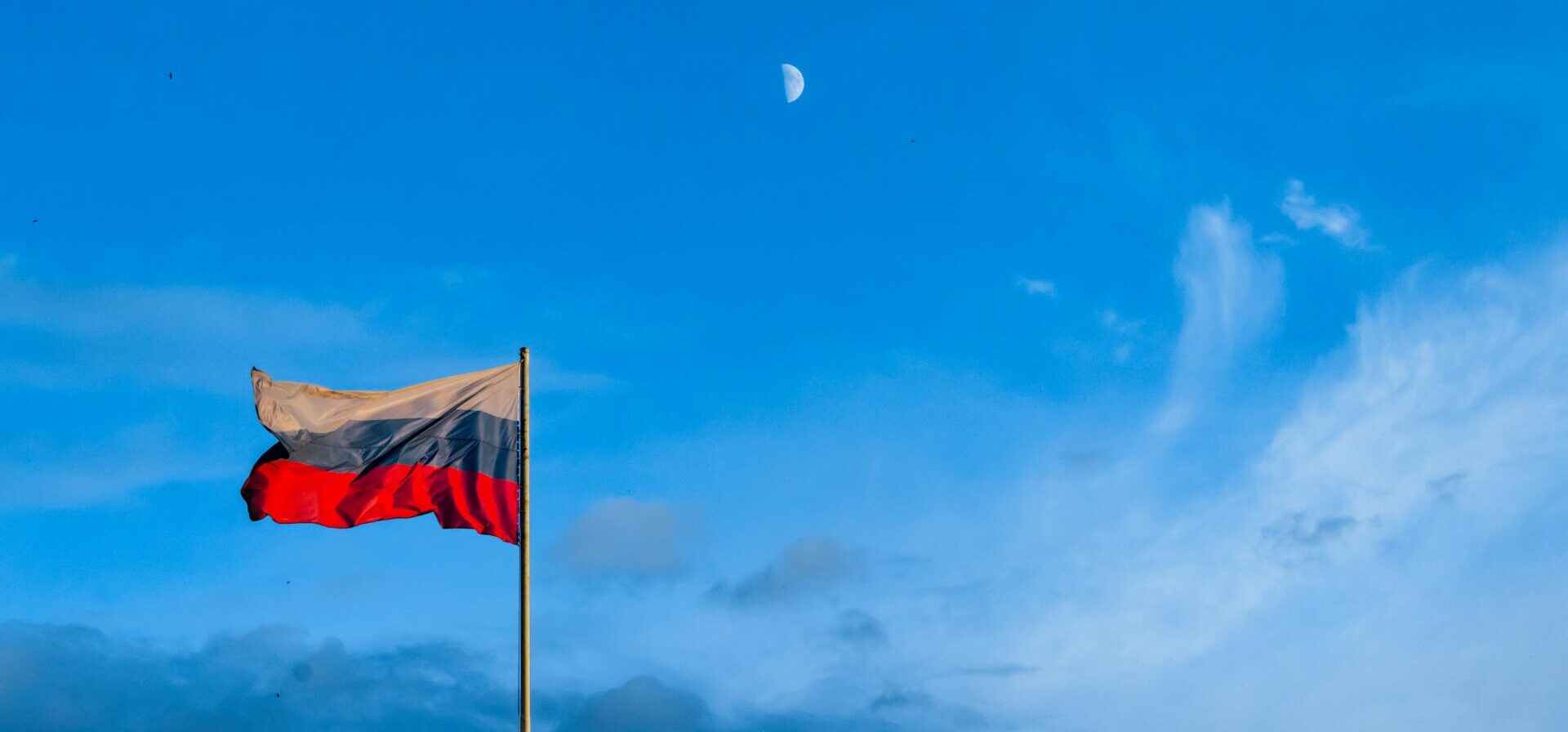11.08.2020
Russia - still Europe or already Asia?
There are many reasons why the vast majority of our society has a negative attitude toward Russians and their culture. Some of them, such as historical considerations, are quite understandable - after all, it's hard for us to be fond of a nation that in the XVIII century appropriated our territories and less than two hundred years later occupied our country, impeding economic growth. However, it must be admitted that Russians and Poles, belonging to one cultural circle, have definitely more in common than many other European nations.

Our shared history may not be an example of successful cooperation, but no one can deny that our worldviews and approaches to professional life are very different. This fact makes exporting to one of the largest countries in the world, whose nation is so close to us, can be a ticket to success for Polish entrepreneurs.
However, in order to state this objectively, it is necessary to check whether the indicators indicating the situation in the Russian economy support this thesis. The country's GDP grew continuously from 2006 until the unlucky year of 2009, recording an average increase of 7% per year. At an even higher level was, unfortunately, inflation, the level of which has not fallen below 8% since 2003. Also to be considered is the structure of the Russian economy, which has not changed for many years - although services account for an increasing percentage of GDP, industry is still a very important link there, accounting for as much as 37% of GDP. Russia is also an important part of international trade, with its export commodities being primarily energy resources such as natural gas and oil. Surprisingly, the highest level of GDP per capita is recorded in the eastern regions, where the vast majority of us would not expect it. The rate in the western regions, territorially closer to the European Union, is considerably lower, not taking into account the Moscow district, of course.
However, when wishing to export to this market, the Polish entrepreneur must take into account the considerable diversity of Russian society. It is particularly large in terms of ethnicity - native Russians account for less than 80% - the remaining 20% are the diverse peoples of Eastern Europe and Central Asia. Religious diversity is also very high in the country - according to various surveys, Christians make up only about 70% of the population here, with more than 50% of them Orthodox Christians. Another 15% of the population are Muslims, and the remaining percentage are followers of religions that do not refer to the concept of gods, such as Buddhism.
All these features of society and the fact that it is increasingly beginning to draw on Western European models have a significant impact on its preferences and the way it makes purchases. According to a report published on pmoney.ru, as many as 80% Russians purchase a lot of useless things, which indicates the growing consumption level of this society and has a positive impact on the level of income the country receives. An equally positive factor is the increase in the amount of the population living in cities - the urbanization rate currently stands at 73.1% and is expected to increase over the next dozen years or so.
However, when wishing to export any products, the Polish entrepreneur should take into account the large territorial diversity of the country. He needs to distinguish the regions where demand for his products may be greatest, as each of them has its own peculiarities. There are also considerable differences in the degree of wealth of the population, reaching the highest levels in the heart of the country - Moscow. At the other extreme are small towns, with up to a few tens of thousands of residents, making their living from working at a single industrial plant - the so-called 'monogorods' are currently the bane of the Russian government, which is unable to cope with declining factories that provide a livelihood for the entire city. They are slowly becoming large apartment blocks, frightening not only in their appearance, but also in their lack of prospects and widespread poverty.
Despite these problems that Russians are currently facing, there are many regions that are attractive to our Polish entrepreneurs. The cultural similarity, which makes it easier for us to cooperate with them, makes starting exports to Russia a great opportunity for domestic companies. The only thing that needs to be done is not to waste this chance and to carefully analyze where it is most profitable for us to sell our products.




